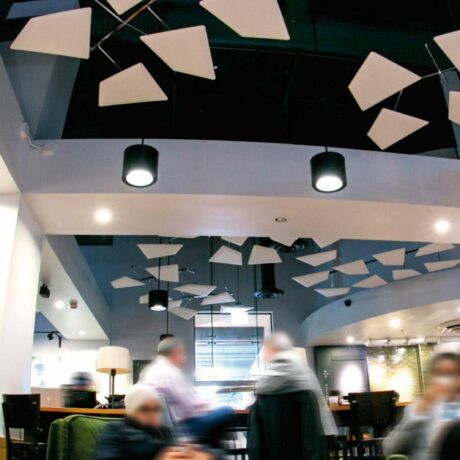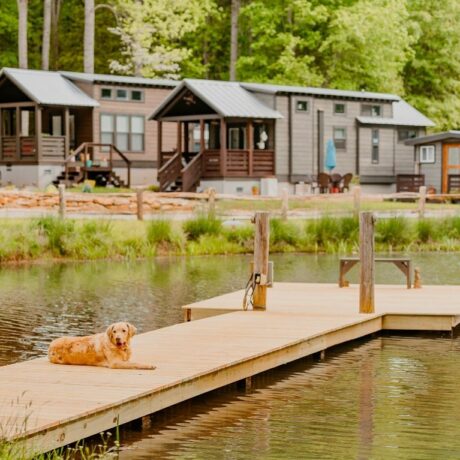This is the second installment in which we bring these world treasures to our readers country by country. See the March-April issue for the World Heritage Sites in the United States. Each of the hyperlinks will take you to more information.
The United Nations Educational, Scientific and Cultural Organization (UNESCO) World Heritage Sites are places of importance to cultural or natural heritage as described in the UNESCO World Heritage Convention, established in 1972. Mexico accepted the convention in 1984, making its historical sites eligible for inclusion on the list. There are thirty-five World Heritage Sites in Mexico, including twenty-seven cultural sites, six natural sites and two mixed sites. The country ranks first in the Americas and seventh worldwide by number of Heritage Sites.

01 Historic Center of Mexico City and Xochimilco. Built in the 16th century by the Spanish on the ruins of Tenochtitlan, the old Aztec capital, Mexico City is now one of the world’s largest and most densely populated cities. It has five Aztec temples and some fine 19th and 20th-century public buildings such as the Palacio de las Bellas Artes. Xochimilco lies 17 miles south of Mexico City. With its network of canals and artificial islands, it testifies to the efforts of the Aztec people to build a habitat in an unfavorable environment.
02 Historic Centre of Oaxaca and Archaeological site of Monte Albán. Inhabited over a period of 1,500 years by a succession of peoples – Olmecs, Zapotecs and Mixtecs – the terraces, dams, canals, pyramids, and artificial mounds of Monte Albán were literally carved out of the mountain and are the symbols of a sacred topography. The nearby city of Oaxaca, which is built on a grid pattern, is a good example of Spanish colonial town planning.


03 Historic Centre of Puebla. Puebla, which was founded in 1531. It is about 60 miles east of Mexico City, at the foot of the Popocatepetl volcano. It has preserved its great religious structures such as the 16th–17th-century cathedral and fine buildings like the old archbishop’s palace, as well as a host of houses with walls covered in tiles.
04 The Pre-Hispanic City and National Park of Palenque (in Chiapas). A prime example of a Mayan sanctuary of the classical period, Palenque was at its height between AD 500 and 700, when its influence extended throughout the basin of the Usumacinta River. The elegance and craftsmanship of the buildings, as well as the lightness of the sculpted reliefs with their Mayan mythological themes, attest to the creative genius of this civilization.
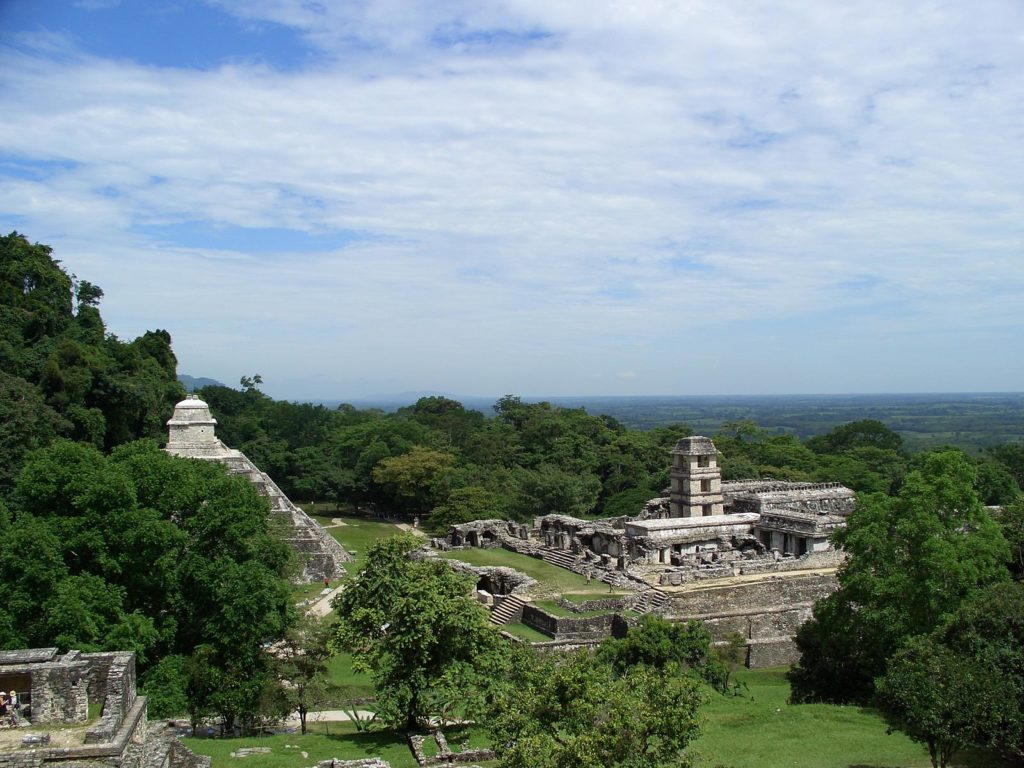

05 Pre-Hispanic City of Teotihuacán (in the state of Mexico) The holy city of Teotihuacan (‘the place where the gods were created’) is situated some 31 miles northeast of Mexico City. Built between the 1st and 7th centuries A.D., it is characterized by the vast size of its monuments – in particular, the Temple of Quetzalcoatl and the Pyramids of the Sun and the Moon, laid out on geometric and symbolic principles.
06 Sian Ka’an (in Quintana Roo). In the language of the Mayan peoples who once inhabited this region, Sian Ka’an means ‘Origin of the Sky’. On the east coast of the Yucatán peninsula, this biosphere reserve contains tropical forests, mangroves, and marshes, as well as a large marine section intersected by a barrier reef.


07 Historic Town of Guanajuato and Adjacent Mines. Founded by the Spanish in the early 16th century, Guanajuato became the world’s leading silver-extraction center in the 18th century. This past can be seen in its ‘subterranean streets’ and the ‘Boca del Inferno’, a mineshaft that plunges a breathtaking 1,970 feet.
08 Pre-Hispanic City of Chichen-Itza (in Yucatán). This sacred site was one of the greatest Mayan centers of the Yucatán peninsula. Throughout its nearly 1,000-year history, different peoples have left their mark on the city. The Maya and Toltec vision of the world and the universe is revealed in their stone monuments and artistic works.

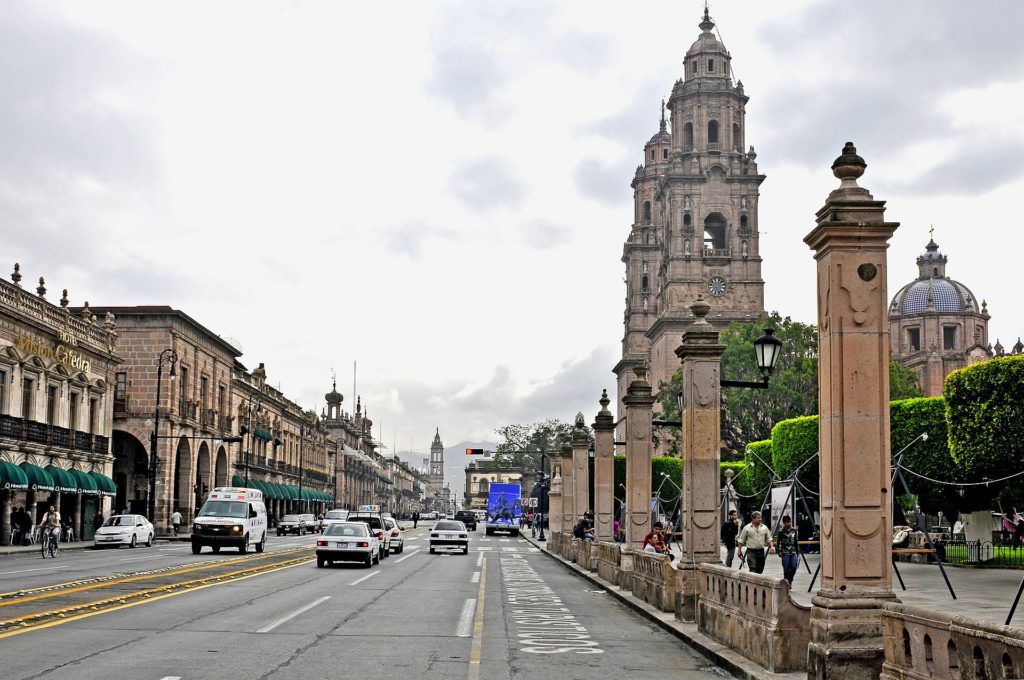
09 Historic Centre of Morelia (in Michoacán). Built in the 16th century, Morelia is an outstanding example of urban planning which combines the ideas of the Spanish Renaissance with the Mesoamerican experience. Well-adapted to the slopes of the hill site, its streets still follow the original layout. More than 200 historic buildings, all in the region’s characteristic pink stone, reflect the town’s architectural history.
10 El Tajin, Pre-Hispanic City (in Papantla, Veracruz). At its height from the early 9th to the early 13th century, its cultural influence extended all along the Gulf and penetrated into the Maya region and the high plateau of central Mexico. Its architecture, which is unique in Mesoamerica, is characterized by elaborate carved reliefs on the columns and frieze.


11 Rock Paintings of the Sierra de San Francisco (in Baja California Sur) From c. 100 B.C. to A.D. 1300, this was home to a people who have now disappeared but who left one of the most outstanding collections of rock paintings in the world. They are remarkably well-preserved because of the dry climate and the inaccessibility of the site.
12 Whale Sanctuary of El Vizcaino (in Baja California Sur) The coastal lagoons of Ojo de Liebre and San Ignacio are important reproduction and wintering sites for the grey whale, harbor seal, California sea lion, northern elephant-seal and blue whale.

13 Historic Centre of Zacatecas. Founded in 1546, this city reached the height of its prosperity in the 16th and 17th centuries. Built on the steep slopes of a narrow valley, the town has breathtaking views and there are many old buildings, both religious and civil. This cathedral, built between 1730 and 1760, dominates the center of the town.


14 Earliest 16th-Century Monasteries on the Slopes of Popocatepetl (in Morelos and Puebla). The earliest 16th-century monasteries are a series of properties with 15 component parts located in the states of Morelos, Puebla and Tlaxcala in Mexico, built as part of the evangelization and colonization of the northern territories of Mexico.

15 Historic Monuments Zone of Querétaro. The old colonial town of is unusual in having retained the geometric street plan of the Spanish conquerors side by side with the twisting alleys of the Indian quarters. The Otomi, the Tarasco, the Chichimeca and the Spanish lived together peacefully in the town, which is notable for the many ornate civil and religious Baroque monuments from its golden age in the 17th and 18th centuries.

16 Pre-Hispanic Town of Uxmal (in Yucatán). This Mayan town was founded c. A.D. 700 and had some 25,000 inhabitants. The layout of the buildings, which date from between 700 and 1000, reveals a knowledge of astronomy. The Pyramid of the Soothsayer dominates the ceremonial center.
17 Hospicio Cabañas, Guadalajara (in Jalisco). Built at the beginning of the 19th century to provide care and shelter for the disadvantaged – orphans, old people, the handicapped and chronic invalids, this was unique for its time—notable for the harmonious relationship between the open and built spaces, the simplicity of its design, and its size.

18 Historic Monuments Zone of Tlacotalpan (in Veracruz). A Spanish colonial river port on the Gulf coast founded in the mid-16th century, it has preserved its original urban fabric to a remarkable degree, with wide streets, colonnaded houses in a profusion of styles and colors.


19 Archaeological Zone of Paquimé, Casas Grandes (in Chihuahua). Reaching its apogee in the 14th and 15th centuries, this area is clear evidence of the vitality of a culture which was perfectly adapted to its physical and economic environment, but which suddenly vanished at the time of the Spanish Conquest.

20 Historic Fortified Town of Campeche, A typical example of a harbor town from the Spanish colonial period in the New World. The historic center has kept its outer walls and system of fortifications, designed to defend this Caribbean port against attacks from the sea.
21 Archaeological Monuments Zone of Xochicalco (in Morelos). Xochicalco is an exceptionally well-preserved example of a fortified political, religious and commercial center from the troubled period of 650–900.

22. Franciscan Missions in the Sierra Gorda of Querétaro. The five Franciscan missions were built during the last phase of the conversion to Christianity of the interior of Mexico in the mid-18th century and became an important reference for the continuation of the evangelization of California, Arizona and Texas.


23 Luis Barragán House and Studio (in Mexico City). Built in 1948, the 12,500 sf concrete building consists of a ground floor and two upper stories, as well as a small private garden and represents an outstanding example of the architect’s creative work in the post-Second World War period.

24 Islands and Protected Areas of the Gulf of California. Comprised of 244 islands, islets and coastal areas, the area has been called a natural laboratory for the investigation of speciation. Almost all major oceanographic processes occurring in the planet’s oceans are present in the property, giving it extraordinary importance for study.
25 Agave Landscape and Ancient Industrial Facilities of Tequila (in Jalisco). This is part of an expansive landscape of blue agave, shaped by the culture of the plant used since the 16th century to produce tequila spirit and for at least 2,000 years to make fermented drinks and cloth.

26 Central University City Campus of the Universidad Nacional Autónoma de México (in Mexico City). Built from 1949 to 1952 by more than 60 architects, engineers and artists who were involved in the project. the campus constitutes a unique example of 20th-century modernism integrating urbanism, architecture, engineering, landscape design and fine arts with references to local traditions.


27 The Monarch Butterfly Biosphere Reserve (in the states of Michoacán and Mexico) is a 139,000 acre biosphere about 60 miles northwest of Mexico City. Every autumn, millions, perhaps a billion, butterflies from wide areas of North America return to the site and cluster on small areas of the forest reserve.

28 The protective town of San Miguel de Allende and the Sanctuary of Jesús Nazareno de Atotonilco (in Guanajuato) was established in the 16th century and reached its apogee in the 18th century when many of its outstanding religious and civic buildings were built in the style of the Mexican Baroque.
29 Camino Real de Tierra Adentro was the Royal Inland Road, also known as the Silver Route. It consists of 55 sites and five existing World Heritage sites lying along an 870-mile section of this 1,600-mile route that extends north from Mexico City to Texas and New Mexico.

30 The prehistoric caves of Yagul and Mitla (in Oaxaca) are two pre-Hispanic archaeological complexes and a series of pre-historic caves and rock shelters which provide archaeological and rock-art evidence for the progress of nomadic hunter-gathers to incipient farmers. Ten-thousand-year-old Cucurbitaceae seeds in one cave are the earliest known evidence of domesticated plants on the continent.

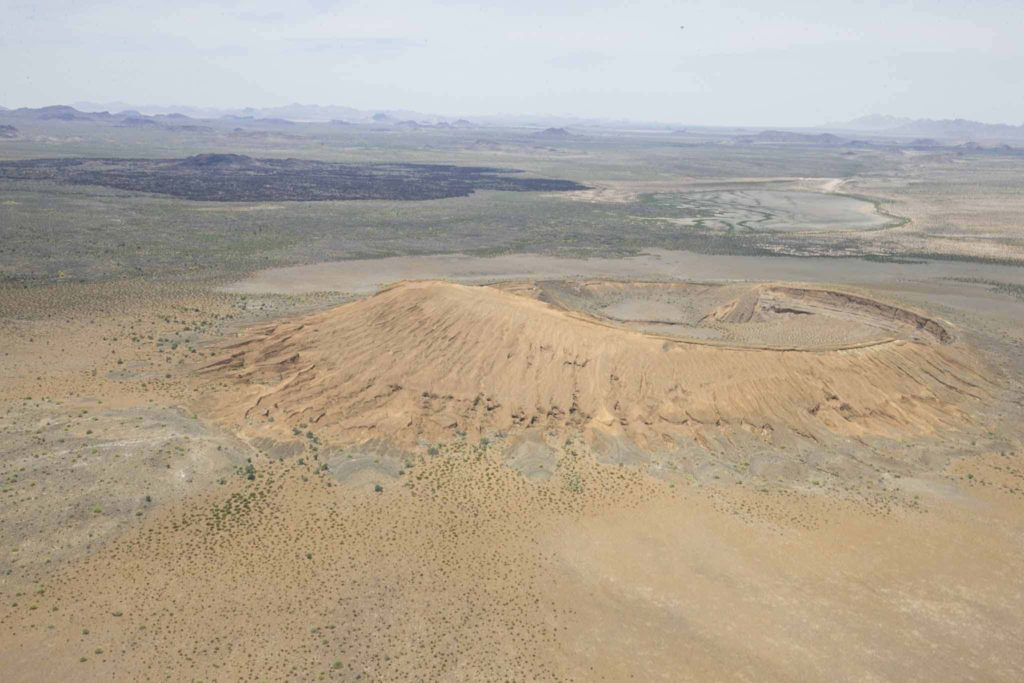
31 El Pinacate and Gran Desierto de Altar Biosphere Reserve (in Sonora) consists of two distinct parts – the dormant volcanic Pinacate Shield of black and red lava flows and desert, and the Gran Altar Desert with its ever changing and varied sand dunes that can reach a height of 650 feet. The site is over 1.7 million square acres.

32 The ancient Maya city and protected tropical forests of Calakmul (in Campeche) on the Yucatán Peninsula is set deep in the tropical forest. It played a key role in the history of this region for more than twelve centuries and is characterized by well-preserved structures providing a vivid picture of life in an ancient Maya capital.
33 The Aqueduct of Padre Tembleque Hydraulic System (in the states of Mexico and Hidalgo) was built in the 16th century and is an example of the exchange of influences between the European tradition of Roman hydraulics and traditional Mesoamerican construction techniques, including the use of adobe.

34 The Revillagigedo Archipelago (in Colima) is made up of four remote islands and their surrounding waters—part of a submerged mountain range, with the four islands representing the peaks of volcanoes emerging above sea level.


35 The Tehuacán-Cuicatlán Valley is the arid or semi-arid zone with the richest biodiversity in all of North America. Consisting of three components (Zapotitlán-Cuicatlán, San Juan Raya and Purrón), it is one of the main centers of diversification for the cacti family, which is critically endangered worldwide.



